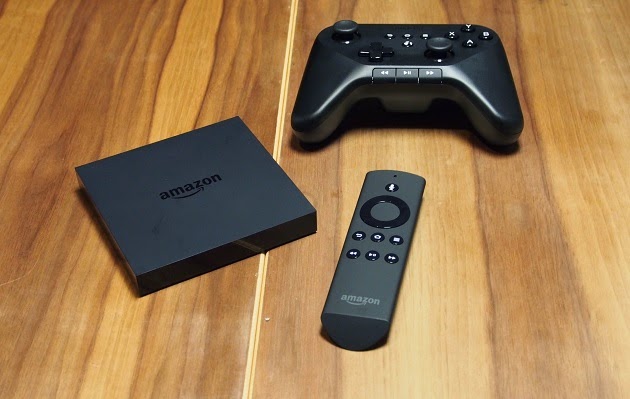So, when I say Sega Genesis and Super Nintendo, what comes
to mind? Rarely are they the same images. The Genesis had Sonic, Streets of
Rage, Phantasy Star, and Shinobi. The Super Nintendo had Mario, Zelda, Metroid,
and Star Fox. All different genres, each with unique audiences in mind. Then,
if you had a lot of money back in the early 90’s, you could buy a computer
gaming rig. You had to buy special graphics cards and get the newest version of
Soundblaster, but it was worth it for revolutionary games like Mechwarrior 2,
Wing Commander 3, and Doom. No matter what you had back then, you had
a completely different experience than the kid across the street.
Now fast forward to the early 2000’s. This was a time when
graphics finally started to approach realism. Consoles were even starting to
give computers a run for their money, and for the first time, many PC games
made their exodus from the office to the living room. Still, as in the early 90’s, each system had
its own unique style. The PS2, which was first out the gate, was the big seller
back then. It had a little bit of everything, but seemed to particularly thrive
on Japanese heavy hitters like Capcom, Konami, and Square. The Gamecube, on the
other hand, was devoted to more party games like Mario Kart and Smash Brothers
Melee.
Finally, you had the Xbox. While I loved the Xbox (it was
actually my favorite console that generation), I noticed something peculiar
about it at the time. That is, it really didn’t have an identity. Rather, it
was the first console to rely pretty heavily on already entrenched titles from
the PC. Granted, there were huge exceptions to that like great original games
like Halo, MechAssault, and Knights of the Old Republic. Yet even these games
were touted for the wrong reason: it reminded people of what they played on the
computer. Halo, as wonderfully creative as it is (the first two Halos are high
up on my top 50 list), was developed originally to be a console gamer’s Half
Life. By 2005, the Xbox even had two flat-out poor man ports of Doom 3 and
Half-Life 2… where their mediocrity could only be enjoyed by those without a
keyboard.
By 2013, consoles have finally hit the low watermark:
redundancy. Simply put, why on God’s green earth would I pay half a thousand
dollars to play an inferior console game that’s already available for only a
marginally more expensive, and more versatile, laptop? Seriously, does anyone
have a cogent answer to this? I would really like to hear it, and I’m not being sarcastic. The Xbox One is seriously trying to sell itself by ignorantly
strutting around with a glorified webcam and offering the dumb opportunity to
watch football… on my TV. Wow. Awesome. I guess there’s always Titanfall, right?
If anyone doesn’t think this market is on the verge of
collapse as it’s currently defined, is living in Microsoft or Sony fanboy land.
The future of hardcore gaming is already here: it’s called a computer. The
future of casual gaming is also here: smartphones and microconsoles like the
Ouya. This time last year, everyone thought the Ouya was a joke… most still do.
It’s true that it was largely a flop, but it latched onto a profitable idea:
most people don’t want exclusive gaming platforms anymore. They want games to
go along with their Netflix, not the other way around.

No comments:
Post a Comment